Time Period: Civil War through Reconstruction (1861 - 1874) - Starting with M
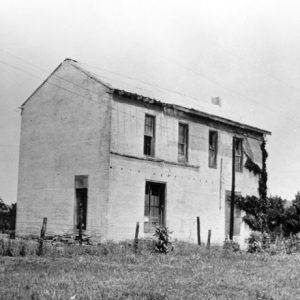 Maguiretown Store and Lodge
Maguiretown Store and Lodge
Maledon, George
Mankins, Peter “Old Pete”
 Van H. Manning
Van H. Manning
Marianna and LaGrange, Skirmishes at
 Marker Grounds
Marker Grounds
Marks’ Mills, Action at
Marlsgate and the Dortch Plantation
Marmaduke-Walker Duel
aka: Walker-Marmaduke Duel
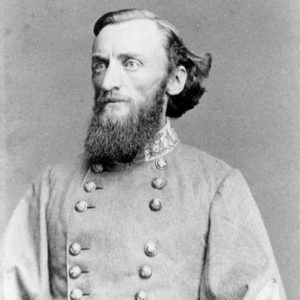 John Marmaduke
John Marmaduke
Marmaduke, John Sappington
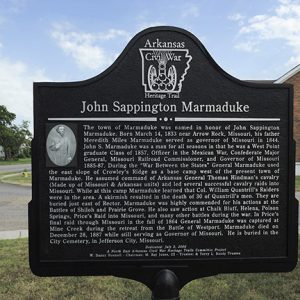 John Sappington Marmaduke Marker
John Sappington Marmaduke Marker
Mary E. Poe [Steamboat]
Mason, James W.
aka: James Mason Worthington
Mason, Simpson
 Masonic Monument
Masonic Monument
Massard Prairie, Action at
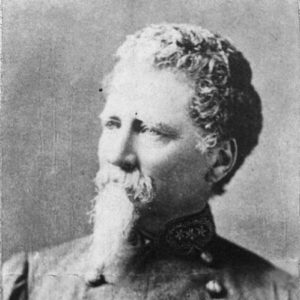 Dabney Maury
Dabney Maury
Maury, Dabney Herndon
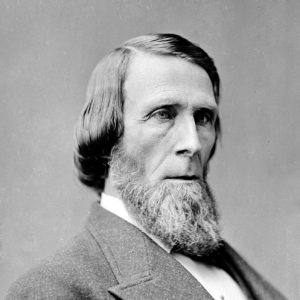 Samuel Maxey
Samuel Maxey
Maysville, Skirmish at (January 1863)
Maysville, Skirmish at (July 20, 1864)
Maysville, Skirmish at (May 8, 1864)
Maysville, Skirmish at (September 5, 1863)
aka: Skirmish at Round Prairie
McAlmont, John Josephus
McBroom, Alexander (Execution of)
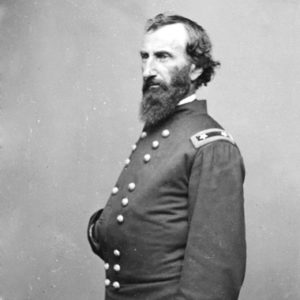 John McClernand
John McClernand
McClernand, John Alexander
McClure, John “Poker Jack”
McCollum-Chidester House Museum
McCook, Alexander McDowell
 A. M. McCook
A. M. McCook
McCown, John Porter
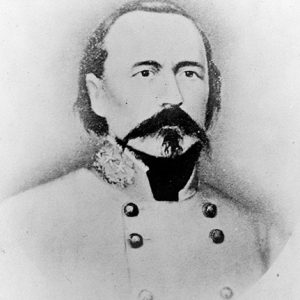 John P. McCown
John P. McCown
McCulloch, Benjamin
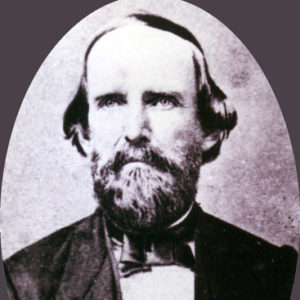 Benjamin McCulloch
Benjamin McCulloch
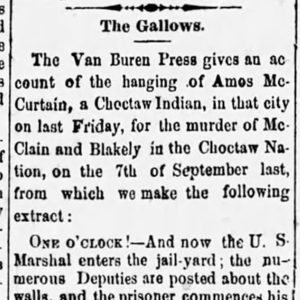 McCurtain Execution Story
McCurtain Execution Story
McCurtain, Amos (Execution of)
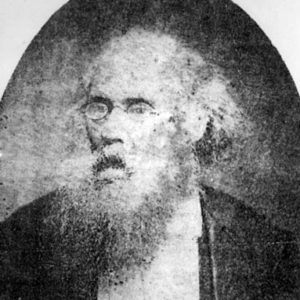 Charles McDermott
Charles McDermott
McDermott, Charles M.
McDonald (Lynching of)
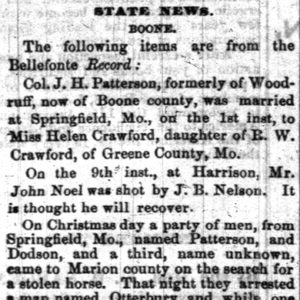 McDonald Lynching Article
McDonald Lynching Article
McDonald-Wait-Newton House
aka: Packet House
aka: 1836 Club
McDonald, Alexander
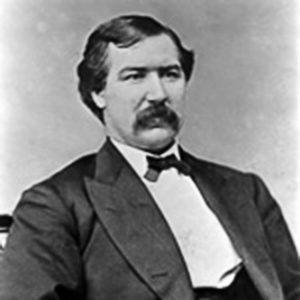 Alexander McDonald
Alexander McDonald
McGraw’s Mill, Skirmish at
McGuire’s, Affair at
McIntosh, James McQueen
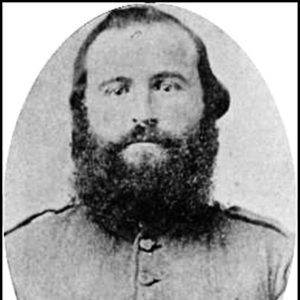 James McIntosh
James McIntosh




